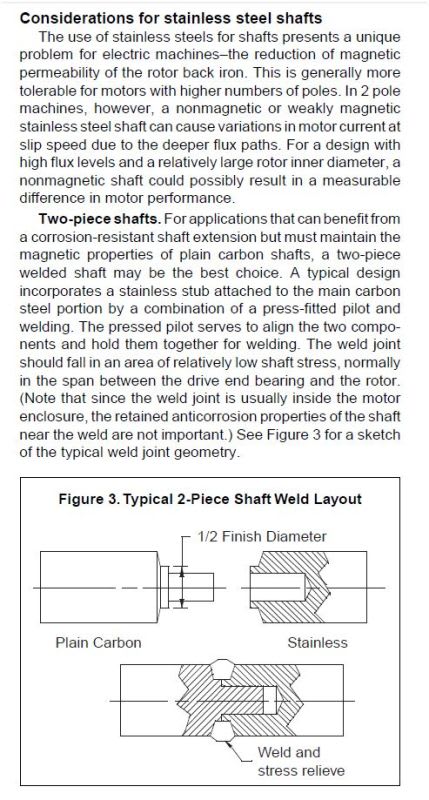NIDinc
Electrical
- Jun 22, 2011
- 27
Looking for a motor shaft steel that can be case hardened and will resist breaking from fatigue/vibration. We've been using 316 pre hardened stainless steel. But I'd like to get something with higher iron content. Leaning toward 1144 or 4140 any input is much appreciated

